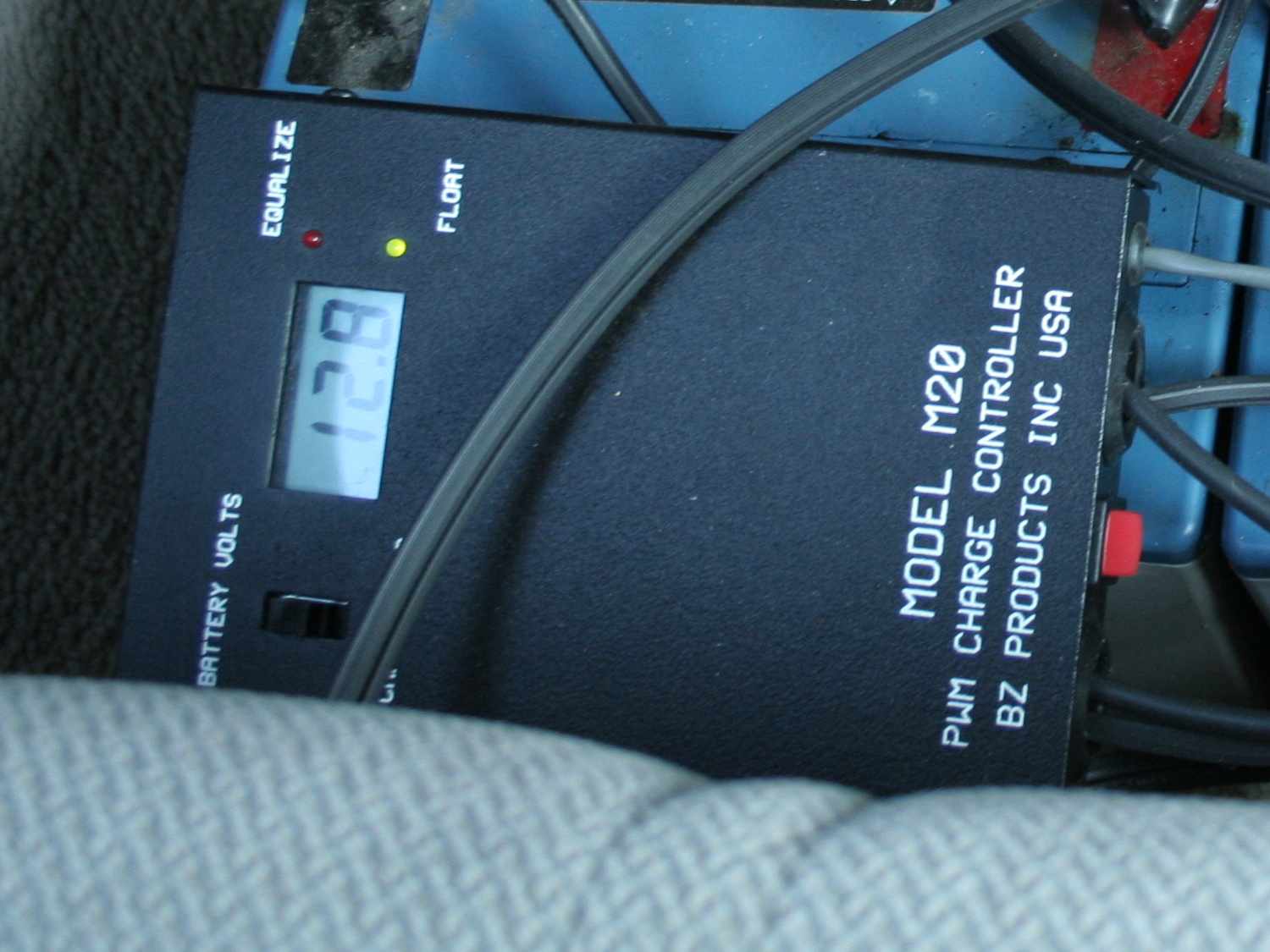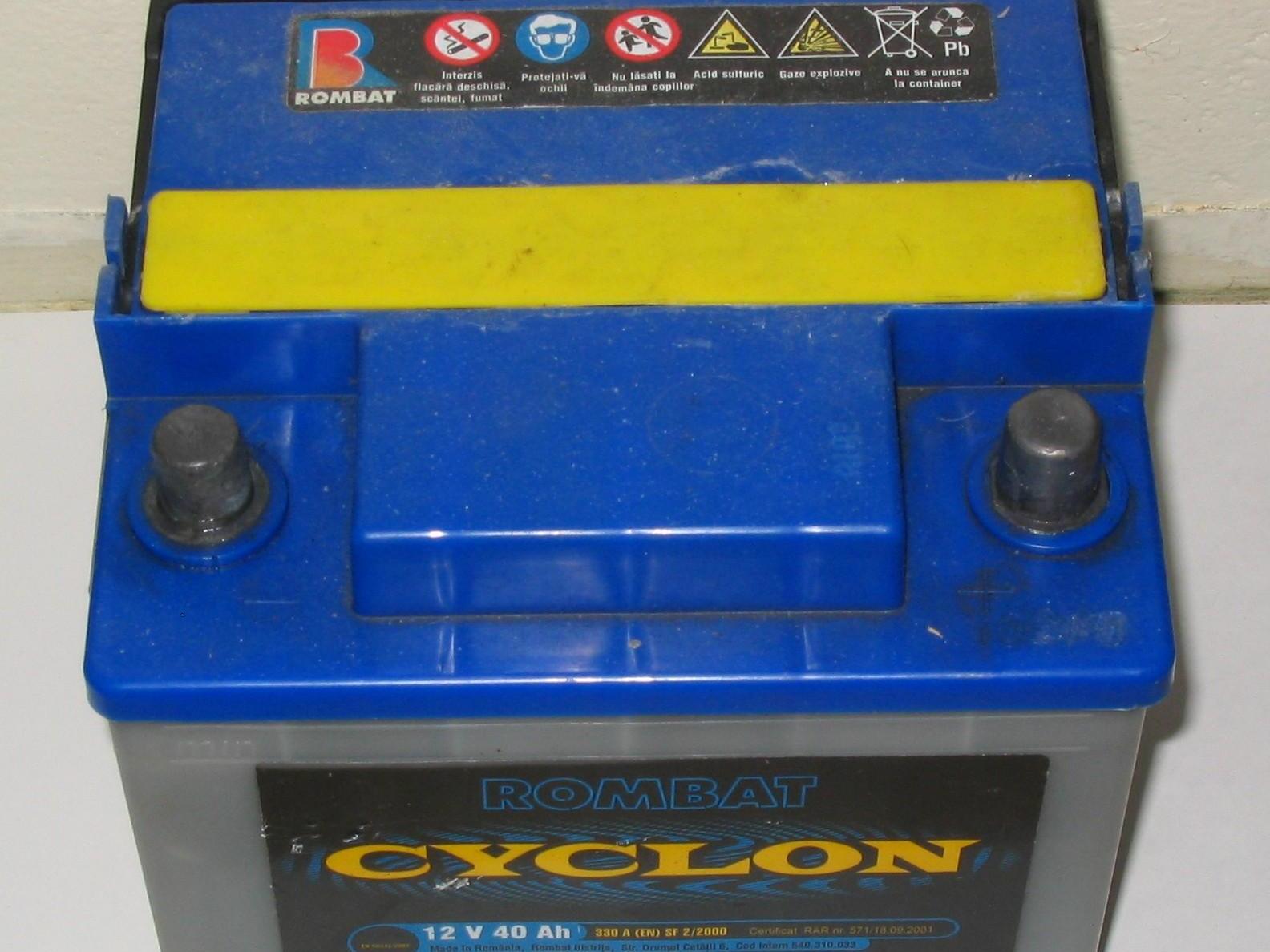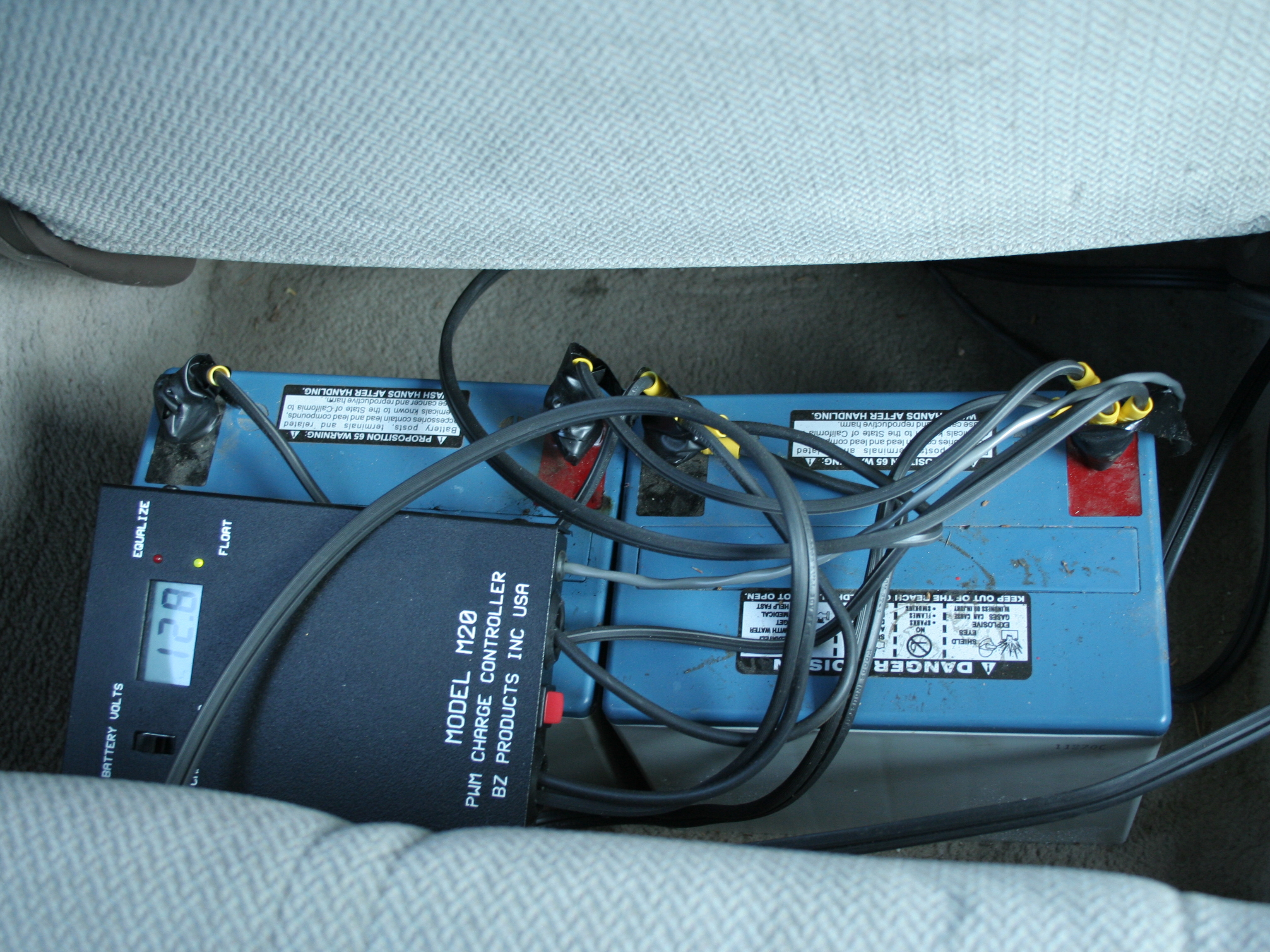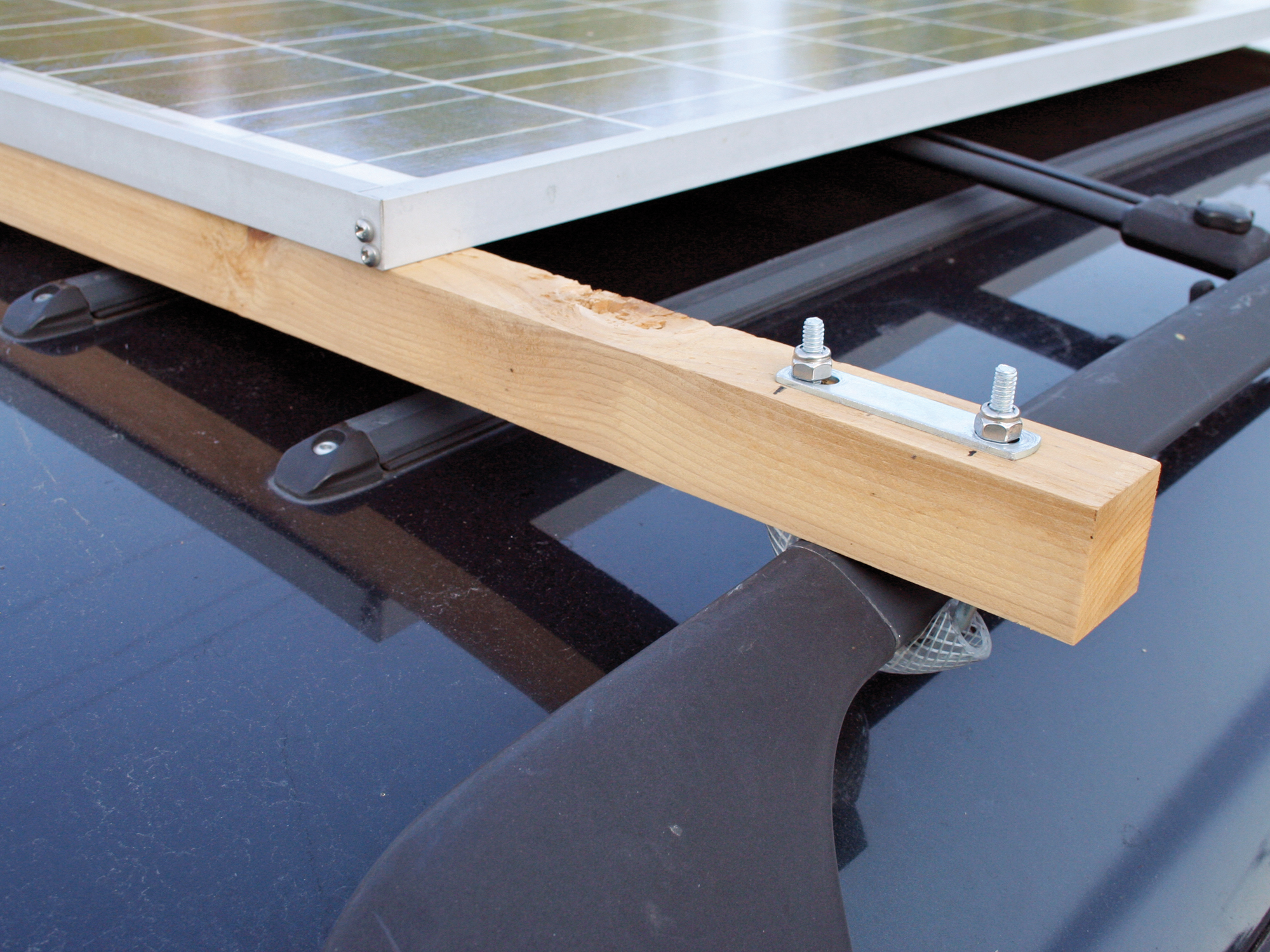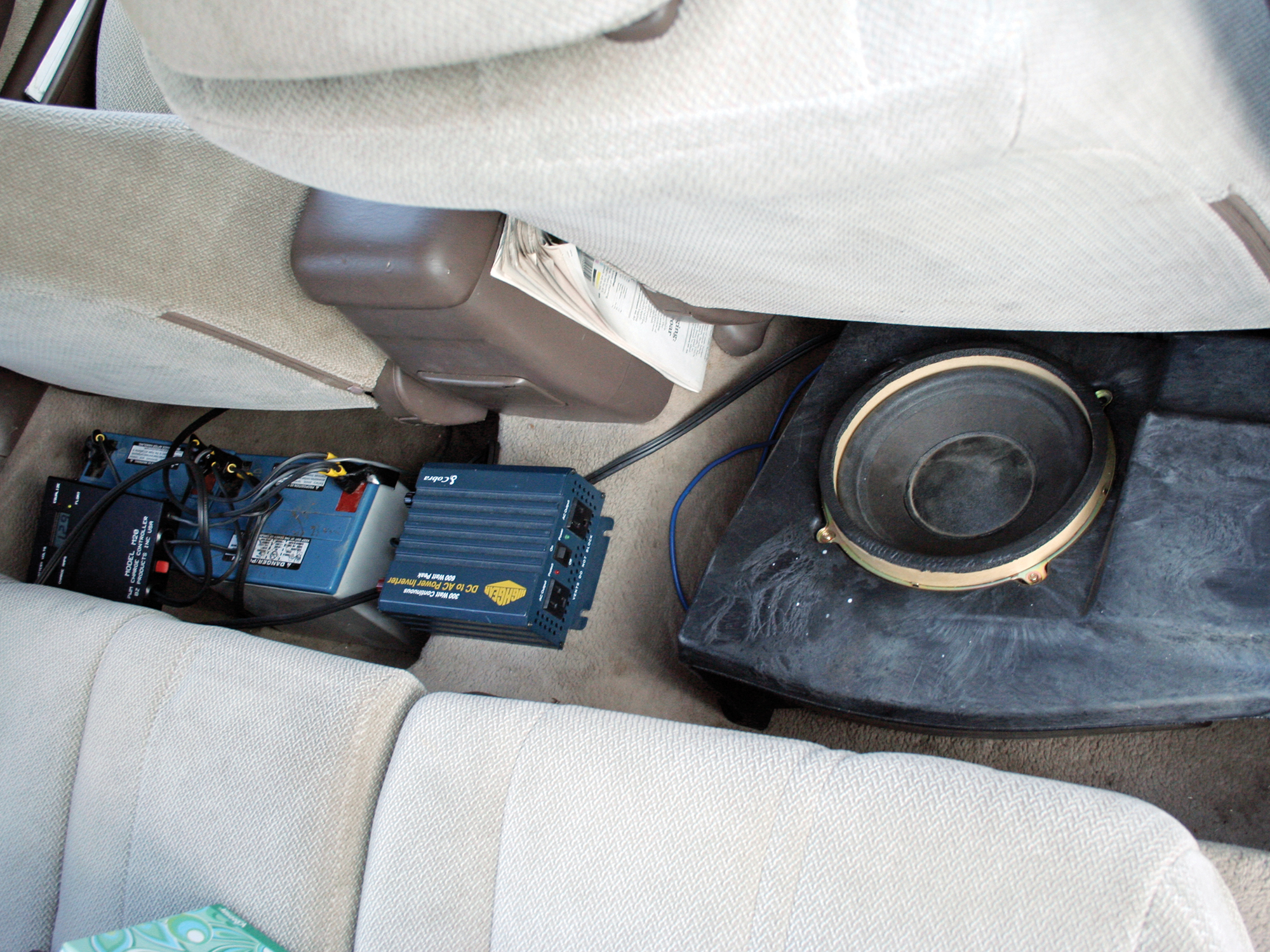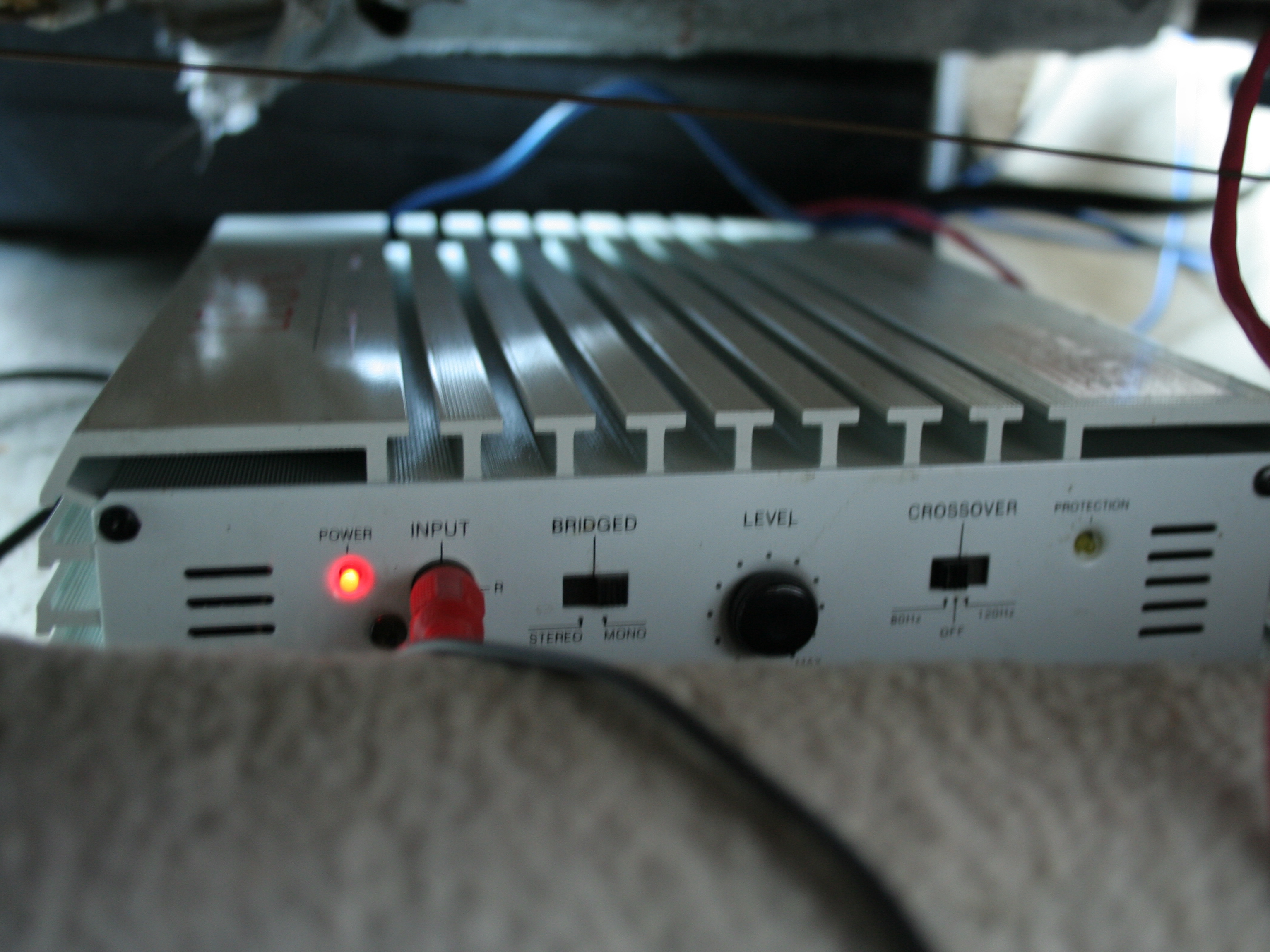Toyota has been advertising the “solar roof” option for its Prius, which is basically a solar panel that powers the cabin ventilation fan on hot and sunny days. But what they don’t tell you is, you can have a solar roof on any car!
Last July I set up my own solar roof for a 2,300-mile road trip, and it worked like a charm, supplying me with laptop charge and ample stereo bass the whole way. (One of my prime objectives for the system was to power my subwoofer, because what’s a road trip without awesome tuneage?)
The setup was simple. Power came from an 80-watt solar PV panel that I bolted to my station wagon’s roof rack. I ran the power down through the rear hatchback to a charge controller and 2 lead-acid gel batteries behind the driver’s seat.
With the resulting 12V DC power, I was able to run a subwoofer amplifier for the stereo and a small inverter to charge my laptop and other small appliances.





